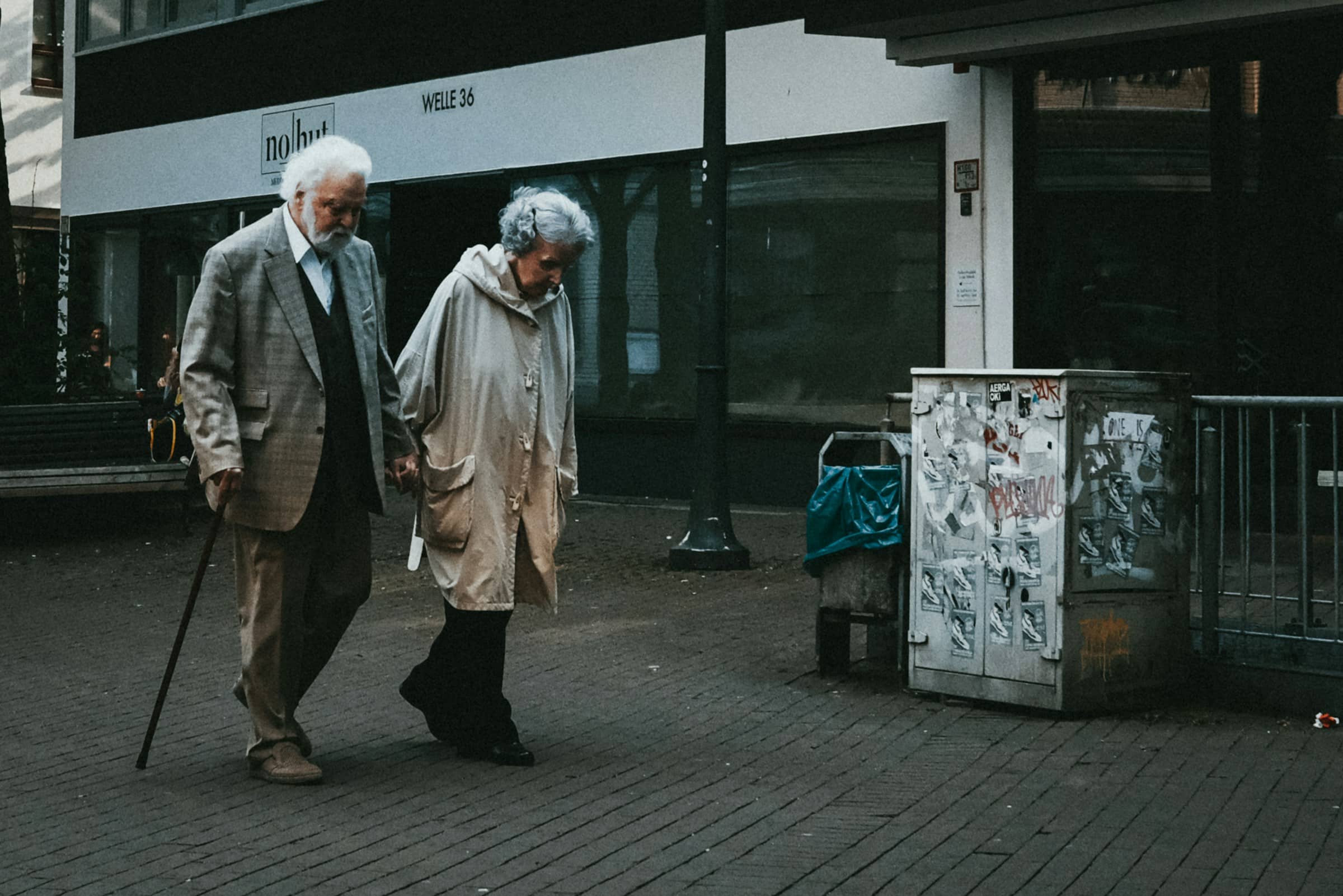What are the emerging trends in senior living facilities in the UK post-pandemic?

As the world inches towards what we hope will be the end of the COVID-19 pandemic, significant shifts in senior living facilities across the UK have become apparent. The pandemic has left an indelible mark on the sector, forcing it into a transformative period. The care, health, and living situations of many older people have changed, as have the communities they reside in. The effects of the pandemic have highlighted the need for robust health and social care policies, especially in senior living facilities, to protect older residents from future health crises.
Let's delve into the emerging trends in senior living facilities post-pandemic.
Cela peut vous intéresser : What Are the Implications for UK Businesses with the Expansion of 5G Networks?
A Renewed Focus on Health and Safety
In the wake of the pandemic, senior living facilities have given health and safety measures a whole new level of attention. The COVID-19 outbreak highlighted vulnerabilities in the sector, prompting a reevaluation of hygiene protocols, staff training, and resident health monitoring. The renewed focus aims at providing safe housing for older individuals and ensuring that they receive the best possible care.
Moreover, the pandemic has accelerated the adoption of digital health tools in these facilities. Telehealth services and remote monitoring have become the new norm. They allow staff to track residents' health status without physical contact, reducing the risk of infection. These tech-enabled care practices will likely remain in the post-pandemic era, given their convenience and efficiency.
A lire également : What Compensation Strategies Are Effective for UK Start-Ups to Attract Top Talent?
The Shift Towards In-Home Care
The COVID-19 crisis has shifted the narrative around senior care. It has laid bare the reality that senior living facilities may not always be the safest place for older people during health crises. This has led to a growing interest in in-home care services.
With in-home care, seniors can stay in the comfort of their homes while receiving the necessary care services. Technological advancements like wearable tech and mobile apps enable real-time health monitoring, ensuring that older people's health needs are met promptly.
In addition, the shift towards in-home care may also be driven by the desire for a sense of familiarity and independence. For many older people, their homes are not just physical spaces but repositories of memories, a factor that can significantly enhance their quality of life.
Rethinking Design for Senior Living Communities
COVID-19 has prompted a rethinking of design concepts for senior living communities. The pandemic underscored the need for designs that support both social interaction and isolation when necessary. The design of senior living facilities is evolving to incorporate more private spaces while maintaining communal areas for social activities.
Another design trend that is surfacing is biophilic design. This concept involves incorporating elements of nature into building design to enhance inhabitants' well-being. Given the numerous health benefits associated with exposure to nature, this trend is catching up fast in the sector.
Employee Wellness Takes Centre Stage
The pandemic has brought to the fore the importance of staff well-being in senior living facilities. Workers in these facilities were some of the most affected during the pandemic, dealing with high-stress levels, long hours, and the risk of infection.
In response to this, facilities are placing more emphasis on employee wellness programs. They are providing mental health support, flexible work schedules, and additional training to help staff cope with work-related stress. There is also a push towards better compensation and benefits for these workers, recognizing the essential role they play.
Increased Regulation and Scrutiny
The pandemic has spurred increased regulation and scrutiny of senior living facilities. Reports of high COVID-19 mortality rates in these communities have led to calls for better oversight. In response, the government has introduced stricter regulations to ensure that facilities comply with health and safety standards.
Bodies like the Care Quality Commission have ramped up inspections of these facilities. They conduct unannounced visits to assess how facilities are meeting the needs of residents and managing infection control. Such measures will likely continue post-pandemic to ensure the ongoing safety and well-being of residents.
Navigating the post-pandemic world will not be easy for senior living facilities, considering the layers of complexity added by the health crisis. However, the pandemic has also presented an opportunity for the sector to innovate and evolve. By embracing these emerging trends, senior living facilities can provide better care, safer housing, and a more fulfilling life for their residents.
Technology and Personalised Care
The COVID-19 pandemic has accelerated the integration of technology into senior living. This is not only in matters of health but also in the provision of personalised care. Innovative technologies, such as artificial intelligence (AI) and robotics, are being employed to understand and cater to the individual needs of the elderly.
With AI, care homes can analyse the behaviour of older people, predict their needs, and provide personalised care. For example, AI can be used to determine the sleep patterns of residents, thus enabling care staff to establish optimal sleeping environments for each resident.
Robotics are also finding use in these facilities. Robots can assist in tasks such as meal preparation and medication administration, reducing the workload on care staff. They can also provide companionship to residents, helping to combat loneliness and improve mental health.
The use of technology is not without its challenges, though. There are concerns about privacy and the risk of reducing human interaction. Therefore, it is crucial that care homes strike a balance between leveraging technology and maintaining human touch in their care approach.
The Rise of Intergenerational Living
Another emerging trend in senior living post-pandemic is the rise of intergenerational living. This model of living involves the cohabitation of different generations under one roof. It is touted as a solution to the social isolation experienced by many older people during the pandemic and can significantly enhance their quality of life.
Intergenerational living fosters interactions between older people and younger generations, promoting mutual learning and respect. It can help to dispel ageist stereotypes and foster a sense of community. This model can be particularly beneficial for older people who miss being around their families.
Many senior living communities are now incorporating intergenerational living in their designs. They are creating shared spaces where residents can interact with children, teenagers, and young adults. These can include reading rooms, communal kitchens, and gardens.
However, intergenerational living also requires careful planning and management to ensure the needs of all generations are met. Communities need to provide a range of activities that cater to the interests of all ages and establish rules that maintain peace and harmony.
Conclusion
The COVID-19 pandemic has undeniably reshaped the landscape of senior living in the UK. The care sector has adapted swiftly, embracing new trends and technologies to ensure the health, safety, and well-being of older people.. With an emphasis on health and safety, personalised care, employee wellness, and community, senior living facilities are poised to provide a higher quality of care in the post-pandemic world.
While challenges remain, these shifting trends are an indication of a more inclusive, responsive, and technologically advanced age of senior care. By continuing to innovate, the senior housing sector can offer older people a safer, more comfortable, and fulfilling life in the years to come. The post-pandemic world presents an opportunity for the sector to redefine and improve the standard and quality of care provided in senior living facilities.
The valuable lessons learned during this unprecedented time can inform long-term strategies that prioritise the dignity, independence, and overall well-being of those in their later years. The future of senior living post-pandemic looks promising indeed.
